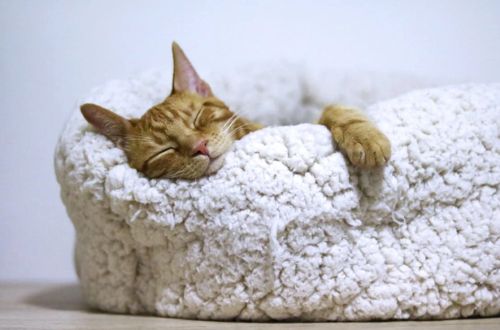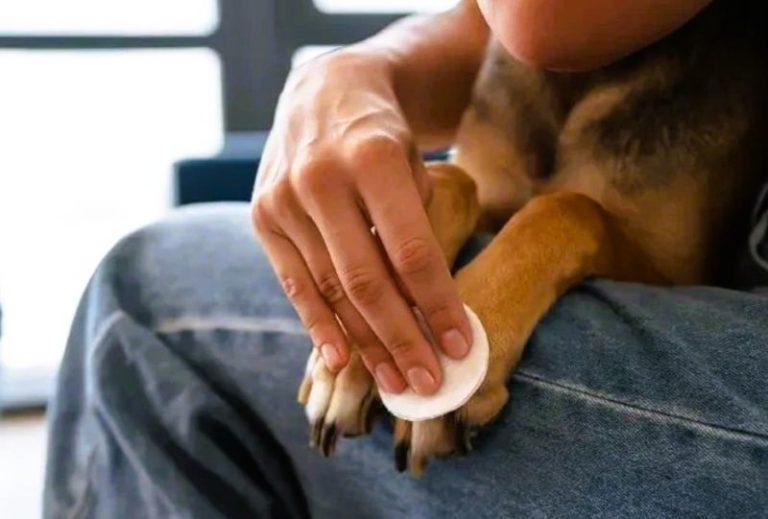

How can you protect your feline companion without spending too much money? You can find cost-effective cat insurance options without undue difficulty.
With vet bills on the rise and unexpected health issues always a possibility, knowing how to protect your cat with pet insurance has become more important than ever for responsible cat owners.
How do you select an insurance policy for your cat that provides essential coverage and fits within your budget?
Follow this guide to discover quality cat insurance options that fit your budget.
What You’ll Discover
- Why Cat Insurance Matters
- Understanding Different Types of Cat Insurance
- Factors That Affect Your Cat Insurance Premiums
- How to Compare Cat Insurance Policies Effectively
- Money-Saving Tips for Cat Insurance
Why Cat Insurance Matters
Let’s face it – cats are curious creatures. Our feline friends seem to have an innate ability to find themselves in trouble by climbing into dangerous spots or consuming inappropriate items.
Vet bills multiply rapidly whenever your cat suffers from accidents or illnesses. Routine veterinary care expenses can catch you off guard if you haven’t planned for them.
Consider this: Emergency vet visits can cost hundreds of pounds yet treatment for conditions like diabetes and cancer may reach thousands. Pet owners without insurance coverage face challenging financial choices when unexpected veterinary expenses arise.
The UK currently has 1.3 million insured cats out of 4.8 million total insured pets which represents approximately 25% of all pets in the country. In the UK three-quarters of pets lack insurance protection which presents serious risks given the unpredictable nature of pet health care requirements.
Understanding Different Types of Cat Insurance
To find affordable options for cat insurance it’s essential to first learn about the different available insurance types.
- Accident-Only Cover provides basic protection at the lowest cost by covering injuries from accidents and excluding illness coverage.
- Time-Limited Policies provide coverage for medical conditions during a fixed term of one year following diagnosis.
- Maximum Benefit Policies provide coverage for conditions up to a set maximum amount without any time restrictions.
- The Lifetime Cover option offers the broadest protection by guaranteeing continuous coverage for your cat’s ongoing health conditions throughout their entire life.
The UK pet insurance industry is forecast to reach a valuation of US$1.72 billion (approximately £1.4 billion) by 2025 while maintaining a compound annual growth rate (CAGR) of 10.2% throughout the period until 2032. The increasing demand for insurance coverage that includes cats explains the growth in this market.
Factors That Affect Your Cat Insurance Premiums
Recognizing which elements affect your premium payments helps you locate economical insurance coverage. Insurance companies evaluate several primary factors when determining coverage.
Your Cat’s Breed
The health risks associated with certain cat breeds directly impact how much you will pay for insurance coverage. Beginning January 2025 the average monthly insurance premium for a Maine Coon cat in the UK surpassed £13 establishing it as the highest-priced breed to insure. Norwegian Forest cats experienced slightly reduced average insurance premiums which stood at approximately £12.80 per month.
Mixed breed cats generally have lower insurance costs than pure breeds because pure breeds tend to inherit genetic disorders.
Your Cat’s Age
Older cats require higher insurance premiums because they pose a greater risk for insurers. The aging process makes cats more vulnerable to health issues which results in a higher probability of insurance claims. Most insurance companies reject applications from cats older than 8-10 years for new policies.
Your Location
Your geographic location affects the cost of your pet insurance premiums. Pet insurance rates escalate in regions where veterinary services charge more. Pet insurance rates for cats are usually higher in London compared to other regions within the United Kingdom.
Pre-existing Conditions
The majority of pet insurance plans exclude coverage for pre-existing conditions which refer to health issues your cat already had when starting the policy. Insure your cat during its early years because this will prevent coverage issues from health problems later.
How to Compare Cat Insurance Policies Effectively
The vast selection of providers and insurance policies makes it a daunting task to compare options for cat insurance. Here’s a step-by-step approach:
Define Your Coverage Needs First
Consider what level of coverage is necessary for your cat before you begin comparing policies.
- Does your cat live indoors or outdoors? (Outdoor cats may face more risks)
- How old is your cat?
- Are there any health conditions commonly associated with your cat’s breed?
Look Beyond the Monthly Premium
Choosing the policy with the lowest monthly premium may seem appealing but it often leads to higher costs over time. Consider these factors when comparing policies:
- What is the maximum payment amount that the insurance policy will provide for each medical condition or within a yearly period?
- Excess amounts: What portion of each claim payment falls to you?
- Which specific services and conditions remain uncovered by the insurance policy?
You should consider paying a higher premium if the policy provides substantially improved coverage.
Money-Saving Tips for Cat Insurance
Discover how to secure insurance coverage for your cat while avoiding unnecessary expenses. Try these practical strategies:
Pay Annually Instead of Monthly
Many insurance companies apply additional fees to those who choose to pay their premiums on a monthly basis. You can reduce your total premium cost by 5-10% when you pay your insurance premium in one annual payment instead of monthly installments.
Microchip Your Cat
Certain insurance providers give discounts for cats with microchips. Microchipping your cat helps locate lost pets while simultaneously reducing your insurance costs.
Adjust Your Excess
If you raise your voluntary excess a greater amount will be decreased from your insurance premium. Ensure you have the financial ability to pay the increased excess amount before raising it as part of your cat insurance strategy.
February 2025 cat insurance premiums rose roughly 0.5% from previous months which reverses the earlier pattern of declining prices thus making it crucial to find methods to reduce your premium costs.
After securing an affordable cat insurance policy that meets your requirements you need to learn how to fully utilize its benefits.
After selecting a policy that fits your budget and requirements, learn how to maximize its value.
Understand Exactly What’s Covered
Read your policy documents thoroughly to understand exactly what your insurance covers and what does not. Focus on the waiting periods and exclusions followed by checking if dental care coverage is available.
Keep Detailed Health Records
Record all details about your cat’s health history by keeping vaccination certificates and summaries of veterinary visits. When filing claims these records prove to be extremely valuable.
Submit Claims Promptly
Insurers typically enforce claim submission time limits which range from 60 to 90 days following treatment. Failing to meet the deadline for your claim submission could cause your insurance company to deny it.
Review Your Policy Annually
The cost of cat insurance renewals tends to go up when your cat gets older and if you filed any claims during the year. Ensure you evaluate your new insurance premium with competing providers before choosing to renew your policy.
Bottom Line
When choosing budget-friendly cat insurance you need to achieve an equilibrium between the protection provided and the price paid. A low-priced policy might not provide adequate protection for your cat which can result in insufficient coverage.
Understanding your premium factors combined with effective policy comparisons and applying discussed savings strategies helps you secure affordable cat insurance that provides security for both you and your cat. Evaluate your cat’s requirements first then gather quotes from several providers while negotiating for better terms and discounts. By putting in minimal effort you can locate an insurance plan that safeguards your cat’s health without putting financial pressure on you.


